Contact dermatitis is a term that refers to a skin reaction (dermatitis) that is a consequence of exposure to allergens or irritants. Conventional medicine offers treatments that often consist of lotions, creams, or oral medications. Corticosteroids and antihistamines are the most commonly used types of medications.
Homeopathic remedies are natural cures based on treating the individual patient with highly diluted substances that trigger the body’s natural healing system. Symptoms of the conditions are being seen as a part of a wider scale, involving the whole person. That is why, a remedy that helps one person may not be suitable for the other. Homeopathic cures for contact dermatitis may also be applied in the treatment of allergic contact dermatitis, systemic contact dermatitis, and chronic dermatitis.
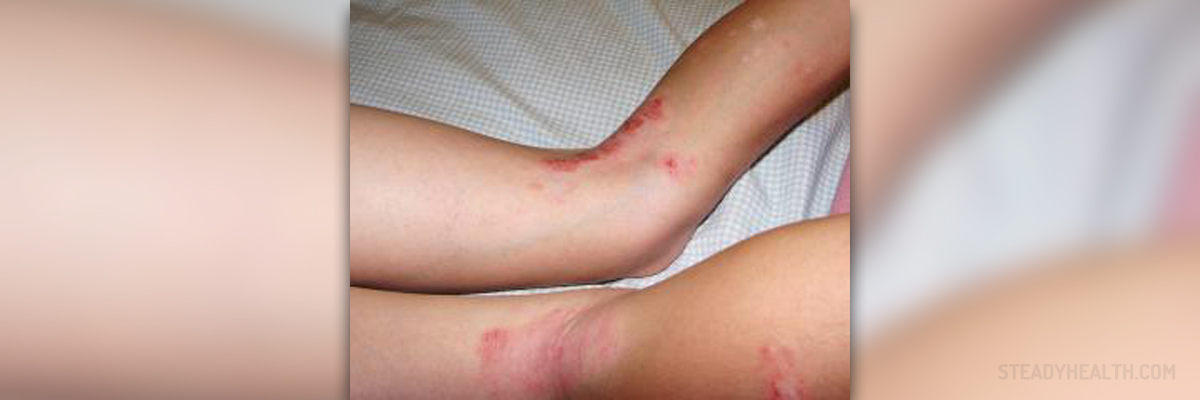
Five Steps to Effective Treatment
(1) To isolate and remove the irritating substance. Every substance found in nature, except pure distilled water, can cause an allergic response in human beings.
(2) To avoid stress or other allergens.
(3) To keep away from creams and pomades since they might start causing reactions even after a long history of tolerance.
(4) To avoid scratching because it may only worsen the condition and lead to secondary bacterial infections.
(5) To follow strictly the regime made by a doctor.
Self-help with Skin Inflammations
If the skin is itchy or burning the cold running water applied to inflamed spots can bring significant relief. Witch hazel plant, also known as hamamelis, helps to shrink and contract blood vessels back to normal size and thus remove the inflammations. Blue light treatment has a long history with treatment for skin conditions, as well as the combination of Licorice root, DHEA, and Pregnenolone.
Curcumin, Bromelain, Vitamin C, E, A, Carotene, Pantothenic acid, and a combination of Enzymes are also known for their beneficial effects. A topical preparation for relief of burning and inflammation can be prepared from the juice of Plantain leaves. However, the most frequently suggested homeopathic medicine for hives and itching is Rhus Toxicodendron.
- A 45-year-old woman was admitted to our department for widespread dermatitis. Fifteen days before its appearance, having noted the presence of vesicles on the right thigh and on the vulva and presuming them to be herpes lesions, she had applied the mother tincture of Rhus toxicodendron (alcohol solution).
- The patient had been treating the recurrent herpes with this homeopathic medicine for more than 10 years. After 10 days, she had also taken 7CH micropellets of the same substance (3-5 micropellets more times a day for 4 days). The patient reported that an erythema, limited to the sites of tincture application at first, had extended to the other thigh, the forearms, and the neck and face.
- Upon examination, a bright erythema with distinct boundaries involved the pubis, the inguinal area, and the inner surface of the thighs. Laboratory investigations revealed leukocytosis and elevated anti-herpesvirus IgG antibodies. Histopathologic examination demonstrated eczematous findings.
- After remission, the patient underwent patch tests that revealed positive reactions to a balsam of Peru 25%, fragrances mix 8%, and Dermatophagoides mix 30%. An open test, performed on the forearm with the R toxicodendron tincture, showed an erythemato-oedematous response at 48 hours and an erythemato-edemato-vesicular reaction at 96 hours that was still present after 7 days. Patch test with 65° ethyl alcohol gave negative results. The open test performed as control in 8 healthy informed subjects revealed negative responses.
Skin Repair
Cell division is an essential process in skin repair. New cells gradually fill the gap formed at the damaged region and, once normal cell density is reached again, cell division slows down to the normal rate. Regular intake of vitamins C, A, E and Beta-carotene, flax oil, and GLA, will stimulate cell regeneration. Nothing should be applied topically, on open sores to avoid burning or harshness. However, if the skin barrier isn’t damaged, aloe vera, calendula ointment, olive oil, and emu oil may help soften and rejuvenate the skin.
Prevention
Patients should make use of pantothenic acid, grape seed extract, vitamin C, bioflavonoid, and quercetin since they have proven antihistamine effects.
To prevent the outbreaks, it might be important to test small amounts of unknown substances, previous to normal use. Staying as mentally relaxed as possible may prevent many outbreaks since stress appears to intensify this unpleasant condition.


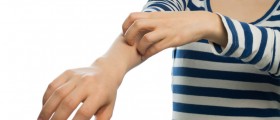

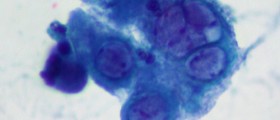
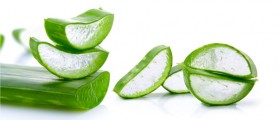

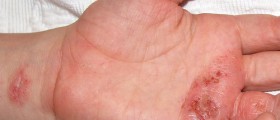


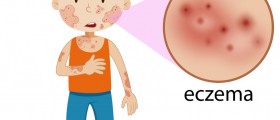

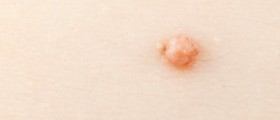

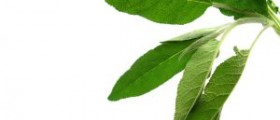


Your thoughts on this
Loading...